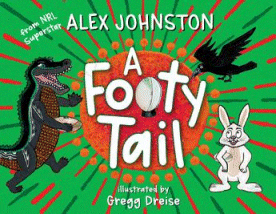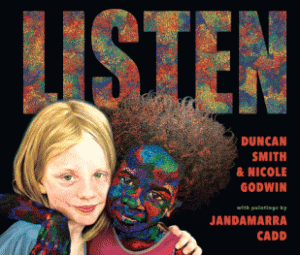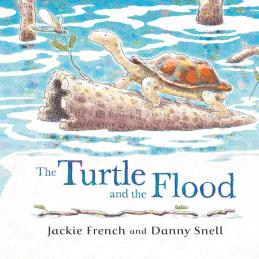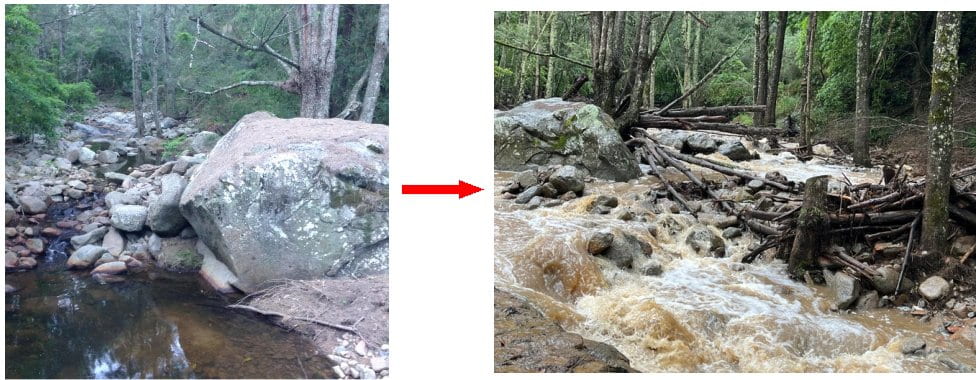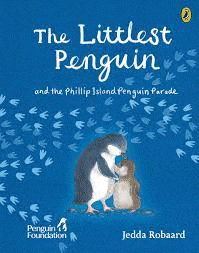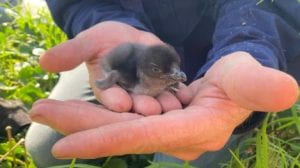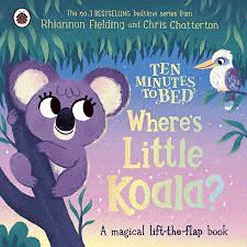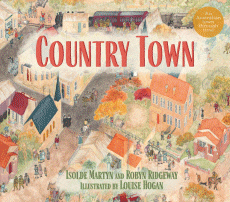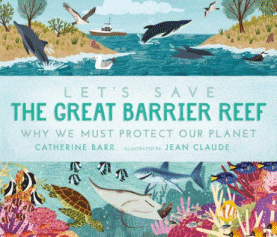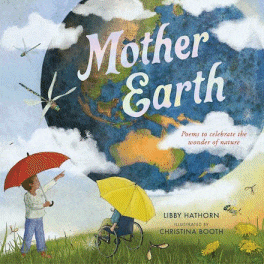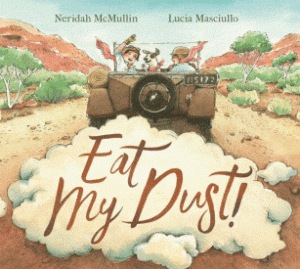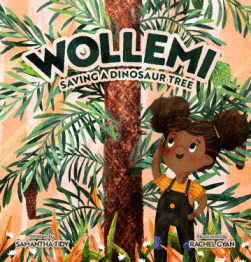
Wollemi: Saving a Dinosaur Tree
Wollemi: Saving a Dinosaur Tree
Samantha Tidy
Rachel Gyan
CSIRO Publishing, 2023
32pp., hbk., RRP $A24.99
9781486316083
Imagine if, in the course of your daily work, you discovered something so significant that only a handful of people were ever allowed to know where you had been and even they were sworn to secrecy.
This is the story of the discovery of the Wollemi pine, a tree that can grow to over 40 metres tall but whose existence was unknown until just 30 years ago, when Ranger David Noble found a clutch of them growing in a deep gorge in the Blue Mountains west of Sydney. A tree so old that it dates back to the dinosaur period and so rare that there were less than 100 in existence at the time. No wonder its location remains a secret so that sightseers can’t traipse in and bring in diseases on their shoes, damage the site and perhaps wipe out those remaining so it is gone forever.
Sadly, though, humans aren’t the only threat to this ancient species and this is the story not just of the tree but the remarkable efforts that were made to protect the grove and the gorge during one of NSW infamous fire seasons, for surely, something that has descended from a family of trees going back 200 million years, and has survived ice, fire and the passing of many generations deserves to be saved no matter what.
This is another remarkable publication from CSIRO Publishing shining the spotlight on yet another unique Australian creature so that our youngest readers can start to build their awareness and knowledge or the amazing things we share this landscape with, and hopefully, with that knowledge and awareness, become its protectors. Introducing Mia, the schoolgirl daughter of botanist Kate, brings the story right into their realm and when Mia suggests that her class plant a seedling to help conserve the Wollemi, they might be inspired to do the same thing as they explore the story further through the teachers’ notes.
